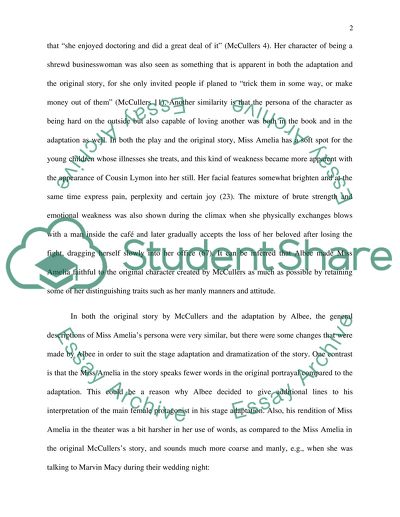Cite this document
(“Discuss the strategy used by Edward Albee to adapt Carson McCullers's Essay”, n.d.)
Retrieved from https://studentshare.org/literature/1465901-discuss-the-strategy-used-by-edward-albee-to-adapt
Retrieved from https://studentshare.org/literature/1465901-discuss-the-strategy-used-by-edward-albee-to-adapt
(Discuss the Strategy Used by Edward Albee to Adapt Carson McCullers'S Essay)
https://studentshare.org/literature/1465901-discuss-the-strategy-used-by-edward-albee-to-adapt.
https://studentshare.org/literature/1465901-discuss-the-strategy-used-by-edward-albee-to-adapt.
“Discuss the Strategy Used by Edward Albee to Adapt Carson McCullers'S Essay”, n.d. https://studentshare.org/literature/1465901-discuss-the-strategy-used-by-edward-albee-to-adapt.


